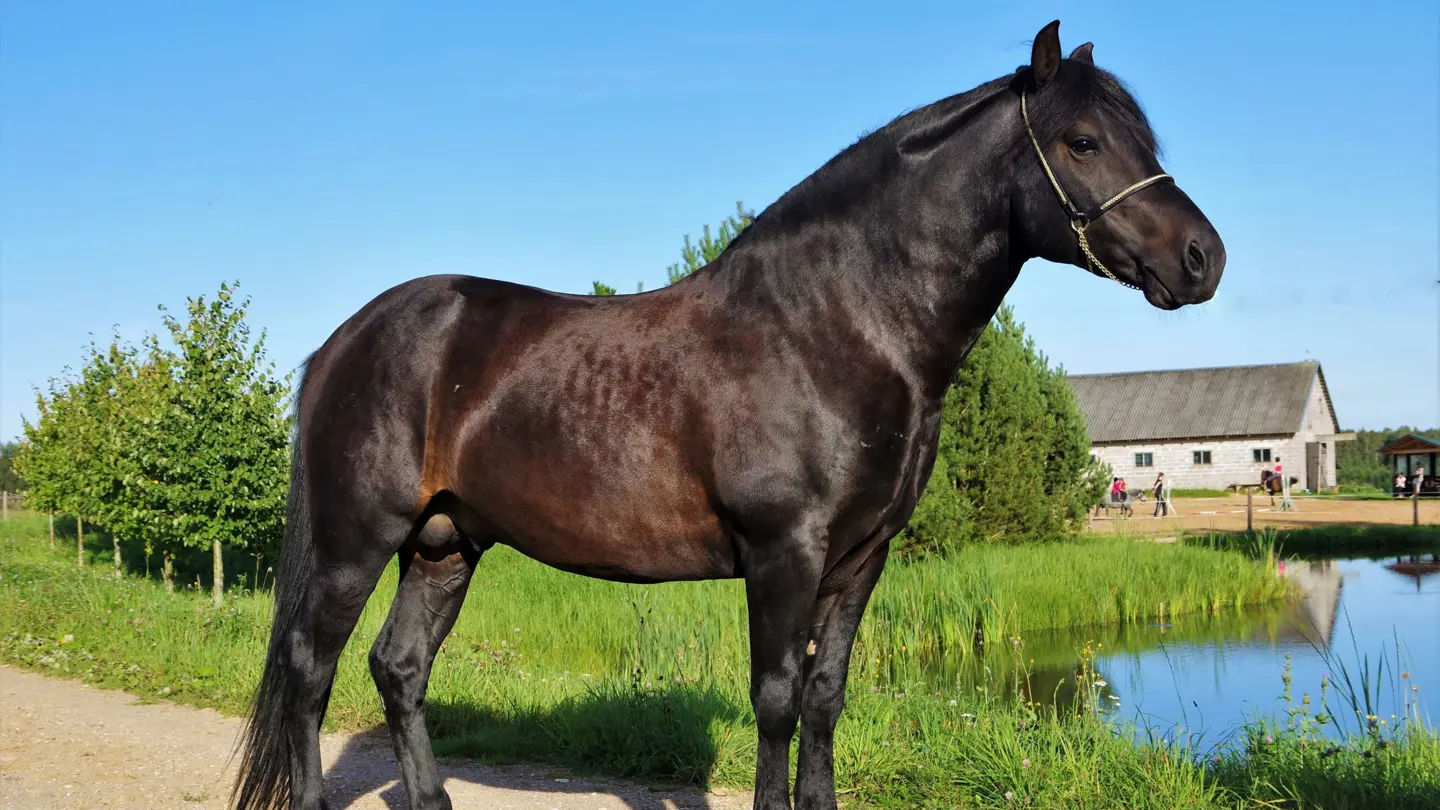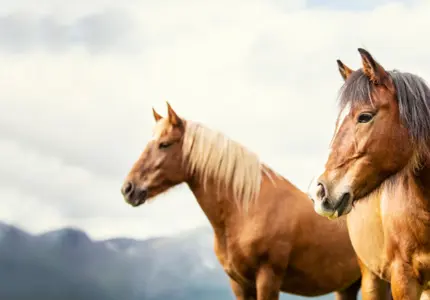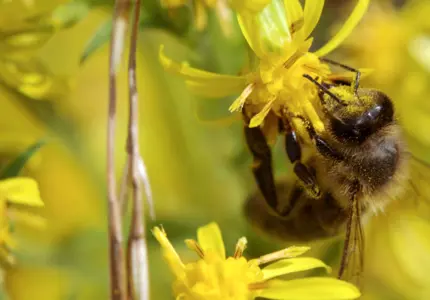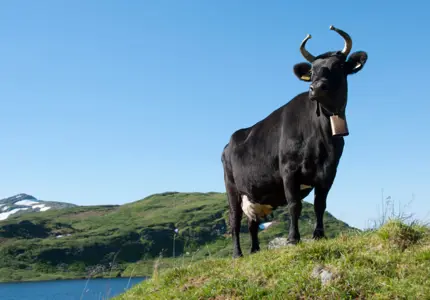
Zemaitukas
- Hem
- Vårt arbete
- Husdjur
- Nordiska lantrasdjur
- Zemaitukas
Native name: Žemaitukas
Withers height: 131-141 cm
Colour: bay, black, chestnut, dark bay, yellow dun, mouse-coloured, grey
Type: all-purpose pony
Offspring in 2019: 58
Birth weight: 35-45 kg
Number of breeding females in 2019: 324
Not at Risk – Vulnerable – Enangered – Critically Endangered – Extinct
History:
It is presumed that the Zemaitukas horses originated from the early East steppe Tarpans that reached the territory of Lithuania together with the Indo-Europeans approximately 5000 years ago. The breed has been known since the 6–7th centuries. The Zemaitukas were used as war horses in the Lithuanian-Crusader battles in the 13–14th centuries, and is only well-known horse breed originating from Lithuania.
Since the 19th century, the Zemaitukas horses were used as a labour source in agriculture, as a means of transport, and objects for export. Due to crossbreeding, World Wars and reforms the breed has extremely close to extinction on four occations.
The Zemaitukas, being a relic of the Lithuanian history and culture, is still an invaluable asset of Lithuania in spiritual and material terms, and a unique part of the biodiversity of the world. The Zemaitukas breed led to the beginnings to the Trakehner breed, the heavy Lithuanian horse breed and the large type of Zemaitukas.
After II World war the Zemaitukas horses were recorded in the first Lithuanian State Studbook of Horses in 1948. In 1997 for the co-ordination of the Zemaitukas breeding work, the Zemaitukas Horse Breeders Association was founded and in 2001 it became officially approved breeding organization with Zemaitukas horse studbook.
Common efforts of Zemaitukas breeders, specialists and scientists led to the increased number of the Zemaitukas horses that can already be observed in many spheres of contemporary life: children and teenagers’ pastimes, sport clubs, tourism, entertainment businesses, ecological and family farms, hippotherapy, and many areas of equestrian sports — show jumping, racing, endurance riding, carriage driving and etc.

Conservation:
Population of Zemaitukas horses increased from 42 to 833 horses over last 26 years. There were 324 breeding mares, 70 stallions licensed for breeding and 58 foals born in 2019. Population size is increasing consistently but still is endangered.
In 1995 the FAO Mission Conference for Central and East European countries recognized Zemaitukas horse breed as watched internationally and were included into the FAO Global Databank for Animal Genetic Resources and Worl Wach List for Domestic Animal Diversity. The breed was included in Lithuanian Farm Animal Genetic Resources Conservation Programme. Currently the responsible bodies of Zemaitukas breed conservation are the Lithuanian Ministry of Agriculture, Lithuanian Farm Animal Genetic Resources Coordinating Centre (Animal Science Institute of Lithuanian University of Health Sciences), Zemaitukas Horse Breeders Association and National Stud.
Top photo: Alma Rackauskaite.
Läs vidare om våra andra lantrasdjur
-

Nordlandshest/lyngshest
Den første, kjente og dokumenterte utstilling hvor denne rasen var stilt, var i 1898 på Lyngseidet i Troms. På 1930-tallet ble det satt i gang organisert avl av nordlandshest/lyngshest.
Läs mer om lantrasen
-

Den Nordiske Brunbia
Honningbier er truet av intensivt jordbruk, tap av habitat og klimaendringer over hele verden og er viktige å bevare, ikke bare på grunn av honningproduksjon, men også på grunn av deres pollineringstjenester.
Läs mer om lantrasen
-

Dølafe
Dølafeet stammer opprinnelig fra Gudbrandsdalen, Østerdalen og Hedmarken. I områdene nord for Oslo var det store forekomster av næringsrike beiteområder, men det var langt til større byer for avsetning av melkeprodukter.
Läs mer om lantrasen